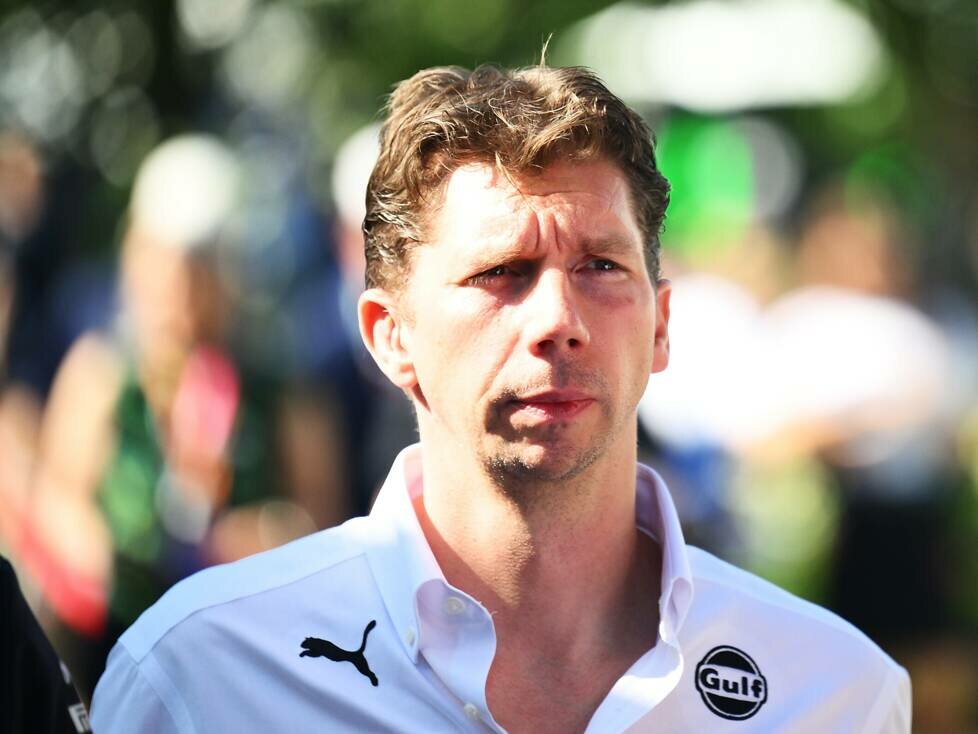Williams is in the midst of a transformation: Outdated systems are still holding the team back, but James Vowles is banking on long-term progress through cultural change
Williams team principal James Vowles admits that the Grove-based team continues to be at a disadvantage with some of the tools it uses to design and develop its cars. In his opinion, this is one of the reasons why the current FW47 is still difficult to drive.
“I would say that we have some characteristics in the car that are not yet at the right level,” Vowles explained on the sidelines of the Saudi Arabian Grand Prix.
“I don’t think we have the balance in the car that we should be offering the drivers, and we are currently a bit boxed in with some of the tools we are using. There are certainly some elements we can improve this year, but others will require us to take a different approach in the future.”
Structural changes at Williams
Vowles’ tenure with the team – he has been team principal since 2023 – has been marked by restructuring, with investment in more modern tools and machinery continuing.
However, Williams does not expect the full impact of the new infrastructure to be felt until the car for the 2028 season is built. Nevertheless, improvements are continuing apace. They include not only infrastructure investments, but also a change in team culture – towards a more collaborative process in car development, as Vowles explains.
“I think we are where I expected us to be in terms of development, simply by fixing some fundamental things. The real secret behind it is getting people to talk to each other and creating an infrastructure that enables them to work more efficiently.”
“What makes me happy is that this direction should continue with additional momentum until 2026,” says the Williams team boss, looking ahead. ”It’s hard for fans to understand why we’re doing all this, but our goals are primarily related to the introduction of infrastructure, technology, systems, and internal KPIs.”
“How long does it take to build a front wing? How much does it cost? How much do we manufacture in-house, how much externally? How long does the design take? How many loops does it take, how many wind tunnel hours to achieve a certain performance?”
Focus on processes rather than results
“These are the KPIs that ultimately lead you to a championship-winning team. And the results on the track are just a reflection of that – that’s why I don’t focus on the results on the track. Because just like in 2025 and probably 2026, things will continue to evolve.”
“It’s data-driven – if you constantly change these variables, you build a faster car every year until you finally overtake the competition,” says Vowles.
The underlying cultural change is ‘enormous,’ which is why the management systems he introduced required a longer adjustment period, especially since standard solutions are not specific to Formula 1.
However, adapting these systems with the aim of achieving a specific time gain on the track has led to further development of the staff at Williams. “That often brings organizations to a standstill. I’m just saying that this change is huge – it would be for any organization in the world.”
“But here’s the thing about how you shave off those milliseconds: you have KPIs – how many milliseconds per week do we produce through aerodynamics, vehicle dynamics or simulation? Except that you’re not aiming for ten milliseconds per week, but 15 – to be championship-capable.”
“And with the right data, the right tools, and effective communication, you can keep turning up the dial – without getting cocky.”





